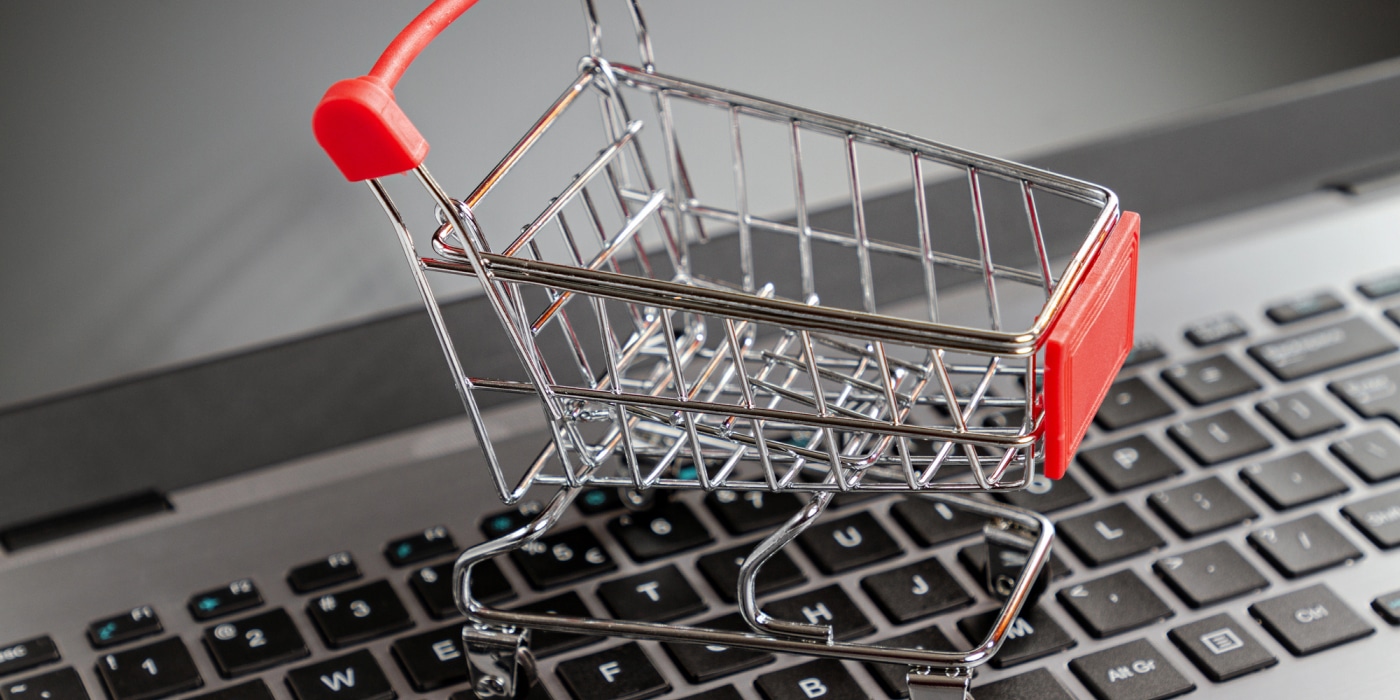Top Priorities for CPG Leaders
The consumer packaged goods (CPG) industry is navigating one of its most dynamic and challenging periods in decades. From shifting consumer shopping habits to supply chain disruptions, CPG companies must balance short-term challenges with long-term growth strategies. For leaders in this space, success depends on identifying the right priorities and executing them with agility.
As we move further into 2025, here are the top priorities CPG leaders should be focused on.
Understand the Evolving Consumer
Consumer expectations have shifted dramatically and CPG leaders need to stay ahead of these evolving needs. Health and wellness trends are driving demand for functional foods and plant-based products. Digital shopping behaviors are influencing everything from brand discovery to repeat purchases. Companies that invest in consumer insights, data analytics, and personalization will be able to keep up with changing consumer demands. Price sensitivity is increasing, with inflation pushing customers to purchase more private-label alternatives.
Private-label dollar sales were up 4.4% year over year in the first half of 2025, quadrupling the 1.1% gain reported by national brands, according to a report released by the Private Label Manufacturers Association (PLMA). PLMA projects 2025 store-brand sales to reach about $277 billion in 2025, beating its 2024 record of $271 billion. Strategies including temporary price cuts, special promotions, targeted marketing campaigns and loyalty rewards programs can help CPG businesses address affordability concerns and provide value for price-conscious customers in the increasingly competitive CPG market.

Increase Productivity Through Simplification and Efficiency
Most CPG companies face a difficult landscape, with nearly half of all executives citing external forces, consumer preferences, competitive pressure and economic uncertainty, as top barriers to growth, according to PwC’s 2025 CPG Executive Survey. With SKU counts still high and shelf space saturated, many CPG companies are under pressure to simplify. Companies are shifting from launching more products to building smarter portfolios, with offerings that could expand into new categories if they align with consumer needs.
CPG leaders are increasingly focusing on boosting productivity. Two-thirds of CPG executives rank productivity among their top three priorities for 2025, according to a consumer products report from Bain & Company. Implementing digital tools and AI can help CPG brands simplify inventory management, logistics, and supply chain operations, increasing efficiency while reducing operating costs. AI-driven personalization, automated warehouses, and digital shelf optimization are redefining competitiveness. CPG leaders must invest in advanced analytics and automation to improve efficiency and deliver value at every consumer touchpoint.
Expand Omnichannel Engagement
Consumers no longer shop in linear ways. They move seamlessly between physical stores, eCommerce platforms, social commerce, and subscription services. Consumers expect a seamless shopping experience across all channels. By connecting online and offline channels, CPG brands can ensure a unified brand experience across all these touchpoints.
CPG companies are increasingly investing in omnichannel strategies and technologies to ensure that product information, pricing, and availability are consistent. This omnichannel approach not only improves customer satisfaction but also drives sales across multiple platforms. Retail media networks are becoming key channels for targeted marketing. Data integration across platforms enables greater visibility and accuracy, helping companies provide consistent customer experiences, which can fuel loyalty and repeat purchases.

Build Resilient and Agile Supply Chains
Disruptions, whether it’s raw material shortages, labor issues, or geopolitical instability, remain a concern for CPG businesses. Leaders must prioritize diversified sourcing, nearshoring, and investment in digital supply chain tools to keep supply chains flexible, efficient, and resilient. Diversification of suppliers across different locations is crucial to reduce dependency on single regions. Investments in digitization are essential to enhance supply chain efficiency, transparency, and forecasting.
Additionally, delivery management solutions help facilitate faster deliveries, streamlining operations and improving flexibility to adapt to delivery disruptions. They provide real-time visibility to track deliveries, from the first mile to the last mile. Investments in data analytics give CPG brands deeper insight into customer demand and delivery performance, which means they can generate more accurate forecasts, assign resources more effectively, and adapt their delivery operations to keep up with changing market conditions.
For CPG leaders, the path forward is both challenging and full of opportunity. Companies that focus on customer centric-strategies and invest in digital tools to build resilient supply chains, increase operational efficiency, and facilitate omnichannel execution will be better equipped to not only navigate uncertainty but also thrive to meet evolving customer expectations.
For more information about how our delivery management solution can help you manage your delivery operations more efficiently, please contact info@bringoz.com.
